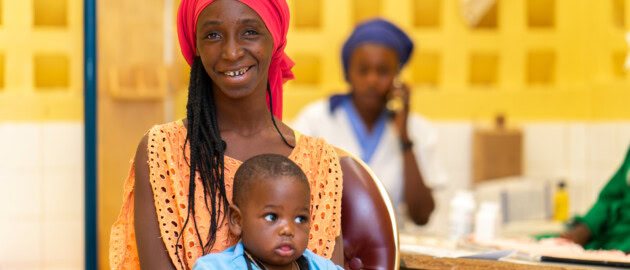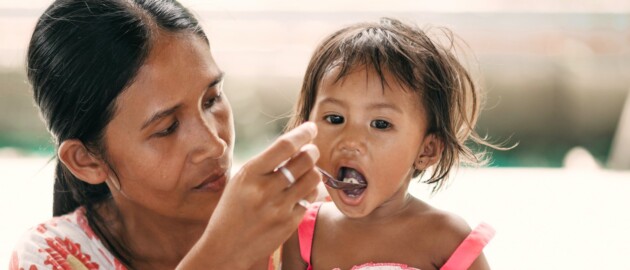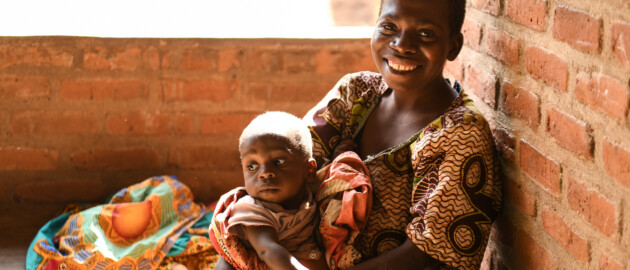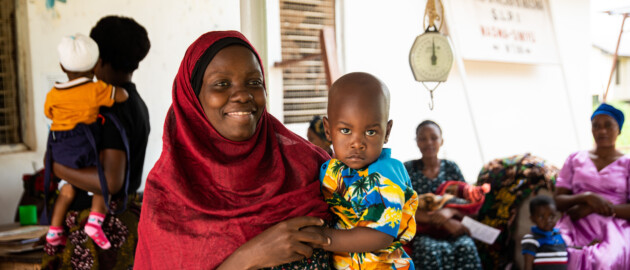In many cultures around the world, women and girls often eat last and eat least. As a result, women and girls represent 60% of all undernourished people globally.
Malnutrition, along with other factors, such as poverty, gender barriers, and social and cultural norms, contributes to 130 million girls being out of school. Even when girls are in school, anaemia can hold them back from academic achievement and potential future economic empowerment.
Girls who don’t attend school also face a higher risk of pregnancy and early marriage, and are more likely to give birth to smaller infants, perpetuating the intergenerational cycle of undernutrition. Pregnancy and childbirth-related complications are the leading cause of death for girls aged 15 to 19.




